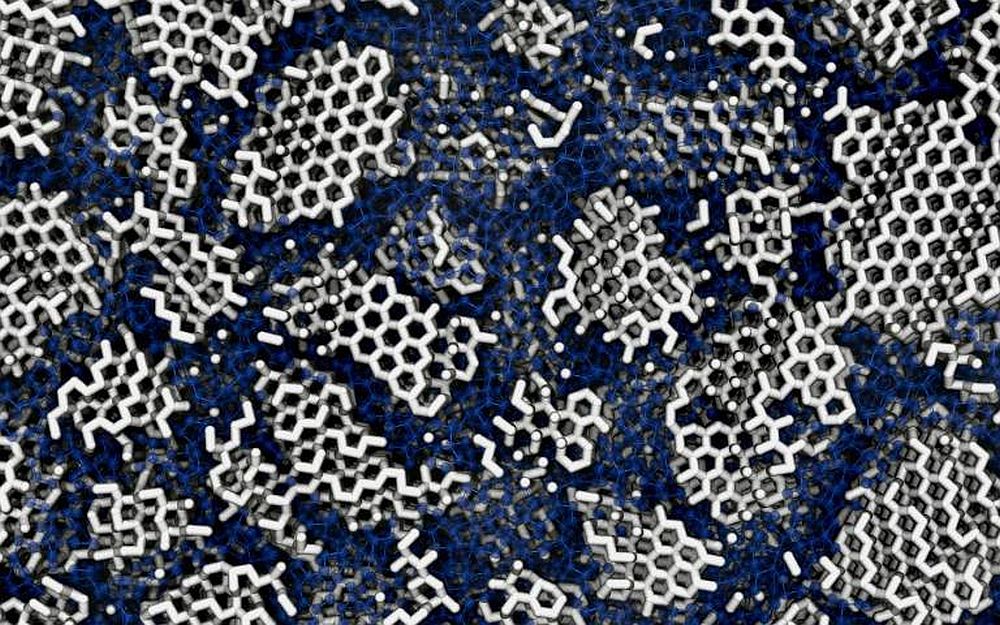According to a NASA Tech Brief, the Next Generation Space Telescope – aka, the James Webb Space Telescope – will be using electrostrictive ceramic actuators that can function at low temperatures to control the shapes of mirrors.
The actuators, developed by two ACerS members, Maureen L. Mulvihill and Mark A. Ealey of Xinetics, a division of Northrup Grumman in Devens, Mass., can achieve a relatively large stroke in the low-temperature ranges that the telescope will encounter, i.e., in the area of 30–60 K. This stroke will be used to adjust the shape of the mirrors used by the telescope.
Unlike the Hubble telescope that used a single primary mirror, the JWST will a mirror composed of 18 hexagonal segments, which will unfold and be adjusted after the telescope is launched.
According to Mulvihill and Ealey, besides use in deep space, the electroactive ceramic material may be of interest to companies for fine control of the positions of objects in cryogenic laboratory apparatuses and in industrial cryogenic (including superconducting) systems.
NASA offers a download of a Xinetics PowerPoint presentation on Xinetic’s work here.
CTT Categories
- Aeronautics & Space
- Electronics
- Material Innovations
- Optics

